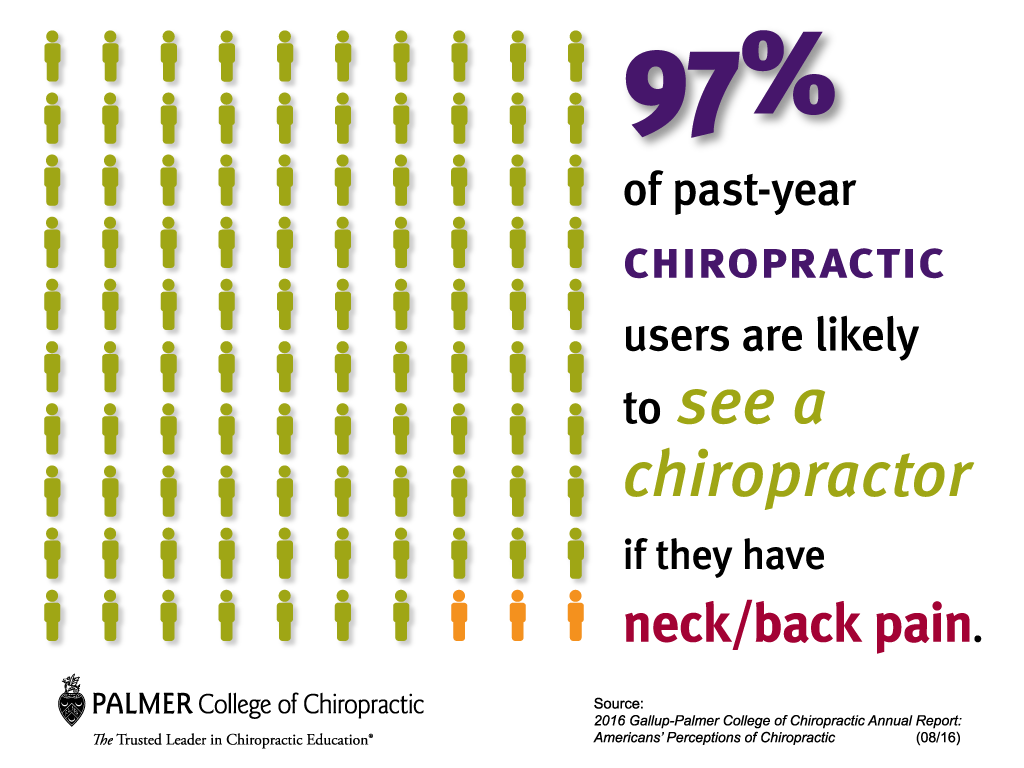Why Does Soft Tissue Treatment Hurt? Understanding The Process
Why Does Soft Tissue Treatment Hurt? Understanding The Process
Blog Article
Web Content Writer-Boysen Rytter
When you go through soft Tissue treatment, you could discover it surprisingly unpleasant. This pain emerges as stress is put on stressful muscular tissues and broken tissues, triggering your discomfort receptors. While it can feel distressing in the minute, there's a factor behind this sensation. Comprehending what happens in your body during these treatments can aid you appreciate the process. So, what exactly is going on beneath the surface area?
The Physiology of Discomfort Throughout Soft Tissue Treatment
When you undertake soft Tissue therapy, your body's action to pain is a complex interplay of physiological processes. As the specialist uses stress, your body activates pain receptors, sending signals to your brain. This triggers the release of neurotransmitters, such as material P and glutamate, which intensify the feeling of pain.
Your muscles may likewise tighten in action, further complicating the experience. Furthermore, https://area-chiropractors05174.getblogs.net/65648073/many-people-neglect-refined-indications-of-tension-discover-if-you-are-among-them-and-learn-how-soft-tissue-therapy-can-help may release endorphins, natural painkillers that can aid ease some discomfort.
The communication between these procedures can produce a distinct experience for every individual. Understanding this physiological reaction helps you navigate the feelings during therapy, allowing you to appreciate the balance in between discomfort and the capacity for recovery advantages.
The Function of Discomfort in the Healing Refine
Although discomfort during soft Tissue therapy can really feel frustrating, it plays a vital duty in the healing procedure. When you experience pain, your body is signifying that it's working to repair damaged cells. This action helps enhance blood circulation to the damaged location, supplying essential nutrients and oxygen required for healing.
Additionally, pain can advertise the release of endorphins, your body's natural painkillers, developing a feeling of relief post-treatment. Welcoming this pain can aid you understand your body's limits and urge you to deal with underlying issues.
While https://keegannidwr.bleepblogs.com/33552272/soft-tissue-therapy-for-athletes-increase-your-performance , this procedure is necessary for long-lasting healing and enhanced feature. Recognizing discomfort as an important part of recovery can encourage you to remain committed to your therapy.
Tips for Taking Care Of Pain Throughout and After Treatment
Managing pain during and after soft Tissue therapy can substantially improve your overall experience and recovery.
To start, communicate freely with your therapist regarding your discomfort levels; they can readjust techniques appropriately. Utilizing deep breathing strategies can additionally assist you loosen up and alleviate discomfort.
Take into consideration using ice to the treated area post-session to decrease swelling and numb discomfort. Staying hydrated simply click the next website in the healing process, so consume a lot of water.
Gentle extending and light activity after therapy can promote blood circulation and ease rigidity. Last but not least, guarantee you get sufficient rest to permit your body to recover.
Implementing these pointers can make your soft Tissue treatment more workable and enjoyable.
Final thought
Finally, while soft Tissue treatment can be uncomfortable, it's critical to recognize that this pain plays a crucial duty in your healing journey. By understanding the physiological actions at play, you can approach the therapy with a much more positive way of thinking. Keep in mind, the preliminary discomfort commonly paves the way to relief as your body releases endorphins. Embrace the procedure, and do not be reluctant to use the tips for managing pain to improve your experience and recuperation.
